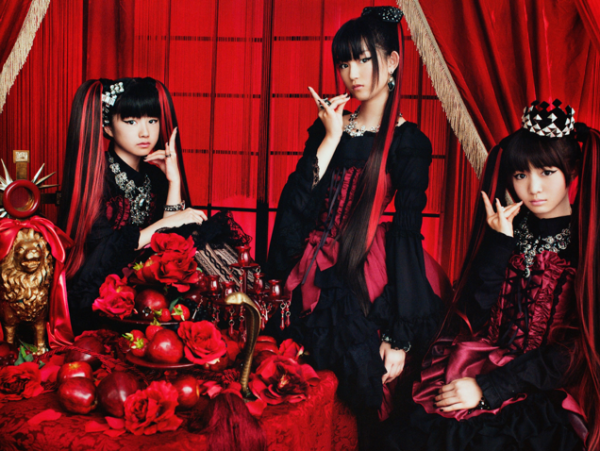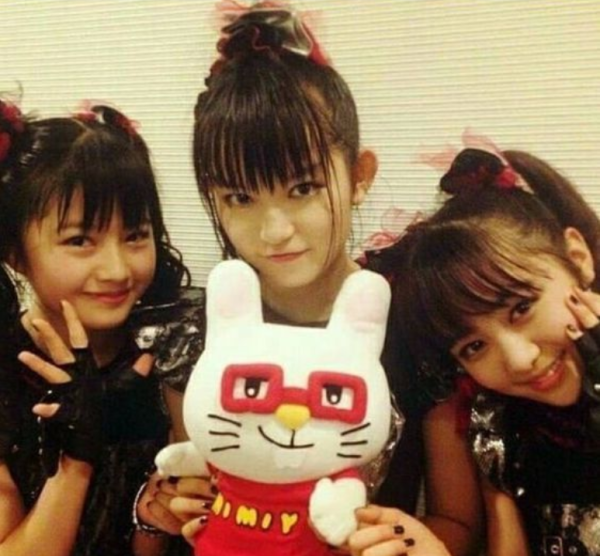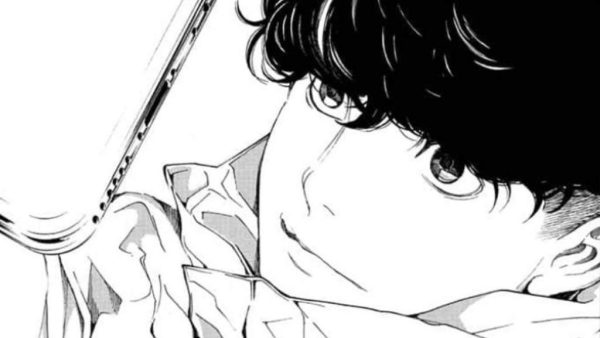Cardcaptor Sakura: Capturing hearts and cards alike!
In May of 1996, CLAMP created a new shōujo manga known as Cardcaptor Sakura. CLAMP is a manga artist group founded in 1987. It is composed of four Japanese women who were all born in Kyoto, Japan. The current members of CLAMP include: Nanase Ohkawa, Mokona Apapa, Mick Nekoi, and Satsuki Igarashi. The name for the group CLAMP is derived intentionally from the misspelling of the word, ‘clump.’ Cardcaptor Sakura is both an anime and manga series that takes place in Tomoeda, Japan. It would later be followed by its sequel, Cardcaptor Sakura: Clearcard.
Japanese-styled comics are referred to as manga, they are written in kanji and read from right to left. There are five different demographics for manga such as kodomomuke, shōujo, shōnen, seinen, and josei. Kodomomuke is intended for children, shōujo manga is for a female teenage audience, while its counterpart, shōnen is intended for a teenage male audience. Seinen and josei manga are intended for male and female audiences. Occasionally, manga may be adapted to anime. Japanese cartoons are known as anime and they may be hand drawn or digitally made.
Sakura Kinomoto, the main character, is a fourth grader attending Tomoeda Elementary. One day, Sakura wanders around her father’s library and she encounters a book with a magical card deck known as the Clow Book which was created by Clow Reed. Upon opening the book, Sakura releases every card and she must find them once again. Cerberus (otherwise known as Keroberos) is set free from the Clow Book and he recruits Sakura as the Cardcaptor as they embark on missions in order to find the remaining cards; however, she must face her rival, Syaoran Li.
Despite most magical girl shows containing transformational sequences such as Sailor Moon, Tokyo Mew Mew, Pretty Cure, and more. Cardcaptor Sakura is one of the only few anime that defy this expectation within magical girl shows. Sakura does not have a magical girl outfit transformation sequence but rather it is her best friend, Tomoyo Daidouji, who creates the outfits Sakura wears within the series. Tomoyo also captures Sakura on tape with her video camera. CLAMP had also stated that they didn’t want Sakura to be wearing the same exact outfit everytime, but they wanted her to wear different costumes.
Cardcaptor Sakura is LGBTQ+ inclusive and it was ahead of its time. The anime has featured bisexual, pansexual, lesbian, and gay characters. Characters were revealed to have crushes and relationships with other characters throughout the series such as Touya Kinomoto and Yukito Tsukishiro.
Netflix has released Cardcaptor Sakura as of June 2020, and it is available in both the United States and Canada. The English dub for the anime will be uncensored and uncut. The languages available to watch Cardcaptor Sakura are Japanese, English, Spanish, and Portuguese. The show is also available to stream on Crunchyroll, Funimation, and Hulu.
Despite the anime’s main target audience being children, adults can still enjoy the series. The series has a strong storyline and has aged well ever since the 90s. Cardcaptor Sakura contains relatable characters and a strong storyline appealing to younger audiences. Anybody of any age can enjoy this lighthearted magical girl series.
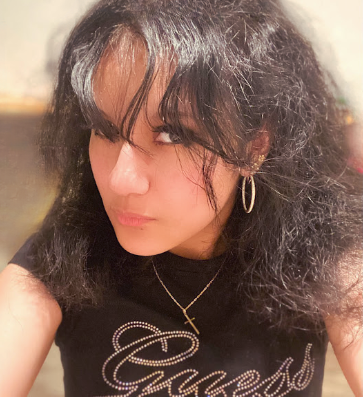
Dania is the International Editor and she's a Senior. She translates articles bilingually to the website, adding a touch of creativity with a cherry on...








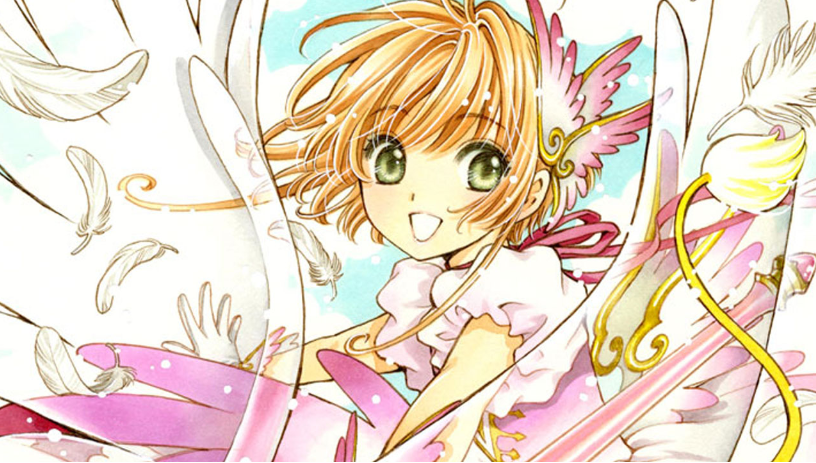
![Utena la fillette revolutionnaire BoxSet 10 Discos [320kbps] / CD 03 - L'horloge de la ville, horloge biologique](https://www.southlakessentinel.com/wp-content/uploads/2023/10/Utena-Anthy-CD-600x595.jpg)
![Utena la fillette revolutionnaire BoxSet 10 Discos [320kbps] / CD 03 - L'horloge de la ville, horloge biologique](https://www.southlakessentinel.com/wp-content/uploads/2023/10/UTENA-600x595.jpg)
